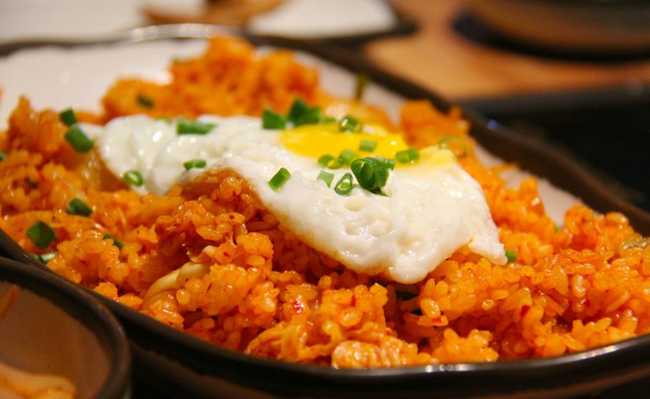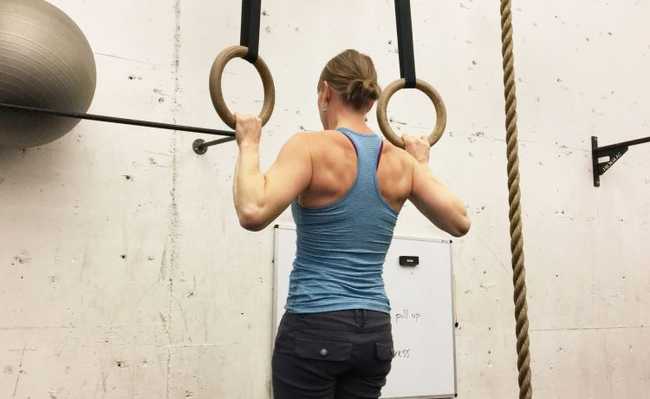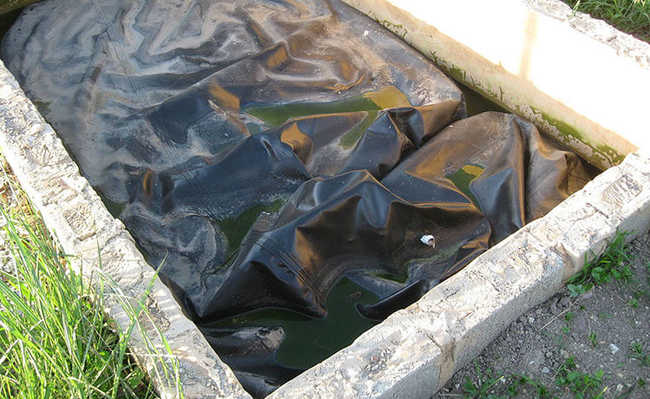Inverter: the brain of the solar energy system
Get to know the brain of the solar energy system and understand its function and importance

Have you ever thought of a more sustainable way to get energy? One of the alternative and renewable sources that is growing and gaining more space among Brazilians is solar. Brazil is an excellent market for the energy sector, as the average solar radiation that falls on the country's surface is up to 2300 kilowatt-hours per square meter (kWh/m²), according to Cepel's Solarimetric Atlas.
Despite some incentives for the use of this type of renewable energy (important as it allows for a reduction in concerns regarding the reservoirs of hydroelectric plants, which in recent years have suffered from the lack of rain and excessive sunshine), they can still be observed some doubts among consumers and those interested in applying this system in their homes or in their businesses. How does it work? What is the cost of its installation? Is the financial return beneficial? Where to buy? The questions are many. Well, let's get to the answers!
A photovoltaic solar energy system (or “solar energy system” or even “photovoltaic system”) is a model in which the components of your kit work in order to capture solar energy and convert it into electricity. The energy produced can then be used to supply the electricity grid on a large scale, as happens in solar plants (commercial energy sector), but it can also be generated on smaller, residential scales (solar energy for domestic use). In addition to the solar system for generating electricity, there is also one for thermal energy, which has, as its objective, the use of solar radiation to heat water.
Photovoltaic solar energy systems have some basic components, grouped into three different blocks: the generator block, the power conditioning block and the storage block. Each group is made up of components with specific functions.
- Generator block: solar panels; cables; support structure.
- Power conditioning block: inverters; charge controllers.
- Storage block: batteries.
If solar panels are the heart of the system “pumping” energy, the photovoltaic inverter is the brain.
Components of the second block (power conditioning), the inverters have the function of transforming the direct current (DC) into alternating current (AC), adjusting the voltage as needed, and can also charge batteries, provided they are associated with a generator. But what are direct and alternating currents?
Chains
Electric currents are nothing more than a flow of electrons, which are particles that carry energy, which pass through a wire. Something like the flow of water inside a hose, for example.
These electrons, when moving in one direction, form a direct current (DC). In situations where the direction of the electrons changes, it is alternating current (AC).
In cases where there are photovoltaic solar systems connected to the grid (g rid-tie ), the inverters also have the purpose of synchronizing the system with the public electricity grid, so that the solar energy produced is supplied exactly as we receive from the electrical grid.
Another difference between the two types is the ability to transmit energy over long distances without loss. In this case, when the energy is directed by an AC, it does not suffer many losses, as this configuration allows for higher current voltages, thus being able to reach greater distances without losing power along the way. In CC, on the other hand, the waste of energy is very high.
News
There is also a new type of inverter for grid-connected systems (g rid-tie) , a technology that has been increasingly accepted and used: microinverters. Unlike traditional inverters, there is a microinverter connected to each of the solar panels. Having the same protections as the traditional ones, microinverters still have the advantages of being more efficient, longer useful and easier to install and maintain.
Lifespan
Traditional inverters have a service life that ranges from approximately ten years to 15 years, while micro inverters have a longer service life - they can withstand up to 25 years.
Does my system need an inverter?
Considering that solar panels provide energy in the form of DC - in addition to the batteries also receiving and supplying this same form of current - the use of the inverter can only be dispensed with for small systems that work with this configuration, as most electronic devices use AC and requires the use of this device.
See more about installing solar energy in your home by clicking here.Remember to ensure that the components used are certified by the National Institute of Metrology, Quality and Technology (Inmetro), which implemented Ordinance No. 357 in 2014, with the objective of establishing rules for the generation equipment. Photovoltaics.
Solar energy is one of the most promising renewable resources in Brazil and in the world, in addition to being considered clean for not generating waste, causing minimal impacts on the environment and reducing the carbon footprint of consumers - they will be minimizing their emissions by choosing a way of obtaining energy with low harmful potential.
The payback time on the investment in the photovoltaic system varies, and depends on the amount of energy the property requires. Despite this, the advantage of the home system is the economy: once this payback time is reached, the energy bill no longer needs to be paid. Energy from the sun that turns into “free” electricity! A lot of money can end up in savings rather than being spent without much benefit.
Unfortunately, there are still few incentives and financing lines for this type of energy in Brazil, which are still difficult to access and have little applicability. It is expected that, with the increase in the consumption of photovoltaic energy systems, new incentives, more applicable and accessible to common housing, will emerge.










